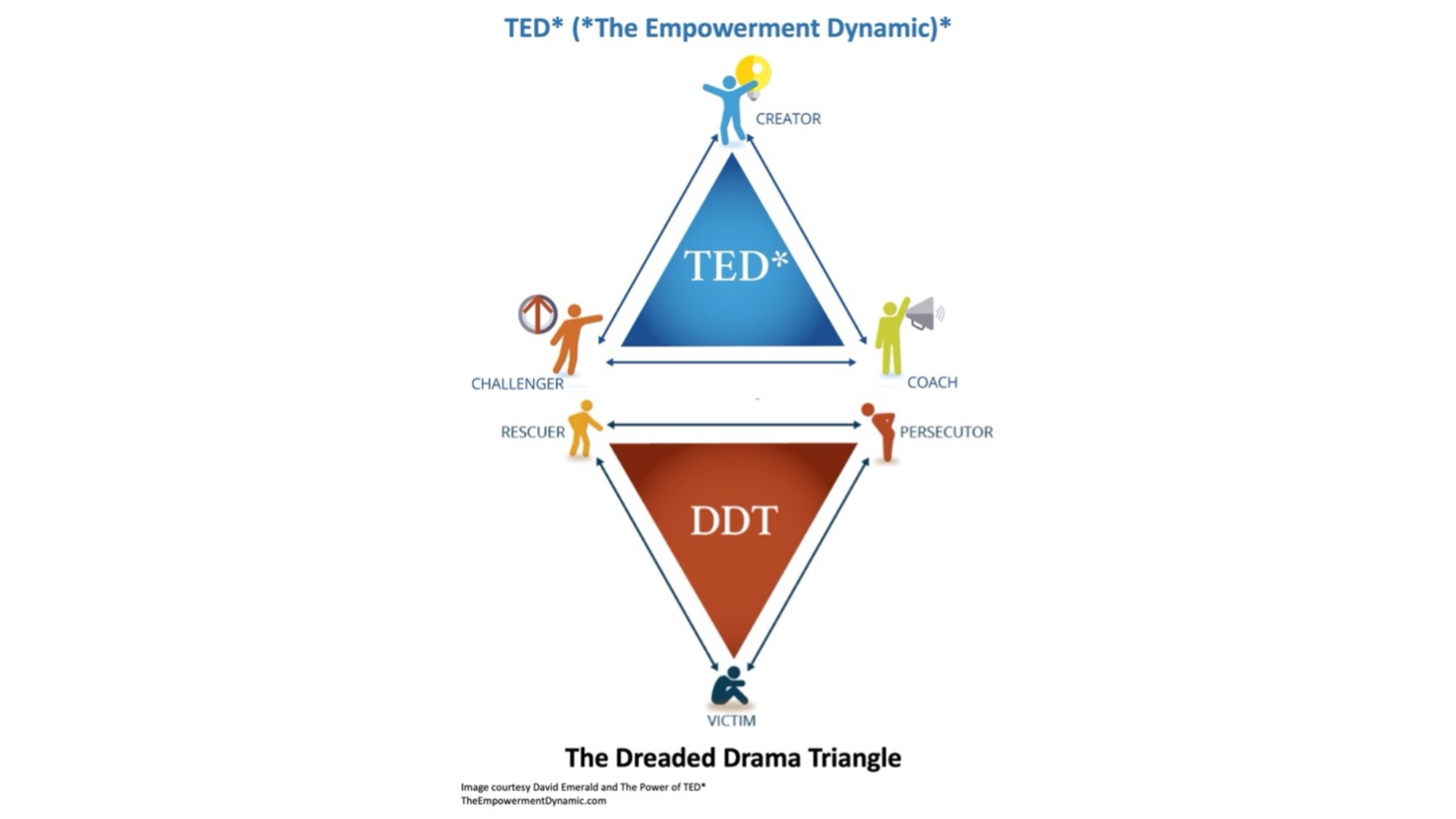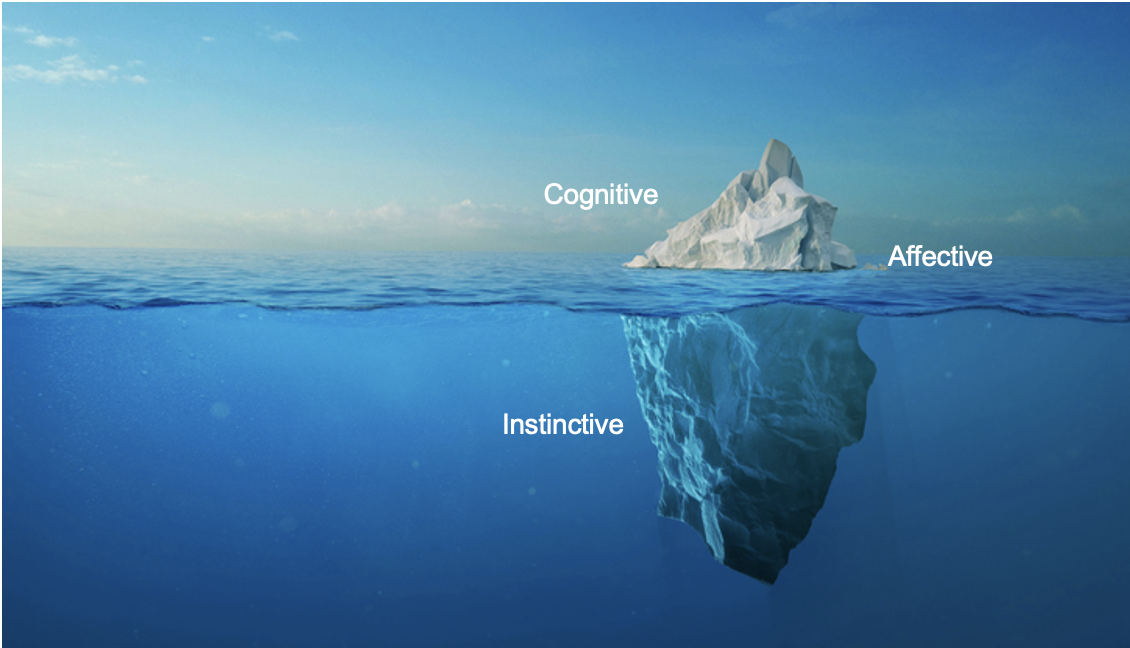Multiple colleagues have expressed to me recently how frustrating it is for them, even disorienting, when their schedules change, important meetings move, priorities shift.
They have a plan for the day, or week, and when the inevitable change happens…a client cancels or postpones a meeting, or the finish line they were about to cross on a key project moves or becomes irrelevant…they spend precious time and mental energy trying to reorient their focus, reestablish their flow.
A Rapid Whirling About
The concept of a pivot in business, when we have to radically shift our approach…to our clients, our product, the market…is essential to staying relevant, meeting emerging and evolving needs.
But for some people, a pivot, or the series of pivots they’re forced to make frequently in today’s rapidly changing workplace, can feel as difficult as a pirouette…a 360 degree turn around yourself, in place, balancing on one foot while making it appear effortless.
What’s That Cape You’re Wearing?
Leaders and others who experience the impact of disruptions as frustrating and destabilizing likely have one or both of the following strengths.
First, they are Planners. They’re instinctively wired to put systems, structures, process in place…sequence the essential steps…build plans, and back up plans…and sometimes contingency plans for the backup plans. Redundancy, with intention.
They can also be Stabilizers. The related and often conflated, but different, strength is minimizing risk…not changing things for the sake of change, but ensuring what’s already working is not altered or eliminated without a strategic reason. They resist unnecessary change.
What’s The Pain Point?
Adding to the frustration of responding to the many changes in their schedule and their work focus, these Planners & Stabilizers often judge themselves. They think they should be able to smoothly shift gears. They expect themselves to make a quick pivot, but it can seem like the notoriously difficult ballet pirouette.
This self-judgment can have its roots in a variety of life experiences where they felt judged by others for moving too slowly, for identifying what could go wrong. They may have been told they were not flexible enough, even rigid. Or, not creative. They may have felt like they couldn’t keep up even if they’re highly intelligent.
Appreciating Their Gifts
Yes, these are strengths, talents, gifts…even though they’re not always understood or appreciated for the value they bring to organizations…especially in startup mode and early stages.
In larger companies, these leaders can be the architects of the innovation process. They understand the integration and continuity required to develop a sustainable innovation capability and outcomes.
These leaders can establish a rhythm like a metronome. They can bring their leadership team a sense of steadiness in the storm of change. Often they are methodical, predictable, minimizing the chaos and reducing the risk.
Leveraging Your Strengths
If you’re struggling with the frustration of rapid and multiple changes, first pause to acknowledge the emotions that it brings up for you. Our emotions often seem bigger than the experience we’re facing because they’re tied to past events.
Then use your own strengths to solve the challenges of disruption. Consider it an opportunity to double down on what you’re good at and plan your way forward.
PLAN for the inevitable changes. Create contingency plans that build in alternative uses of your time.
I See You & Thank You
Every team benefits from the strengths of these Planners & Stabilizers. If you don’t have one (or more) on your team, you may not have the traction you need to be effective and efficient.
Let’s hold compassion for those whose strengths are undervalued, not seen and celebrated as they deserve to be.
If you see these traits in a fellow leader or team member, I encourage you to acknowledge their contribution and offer thanks.







